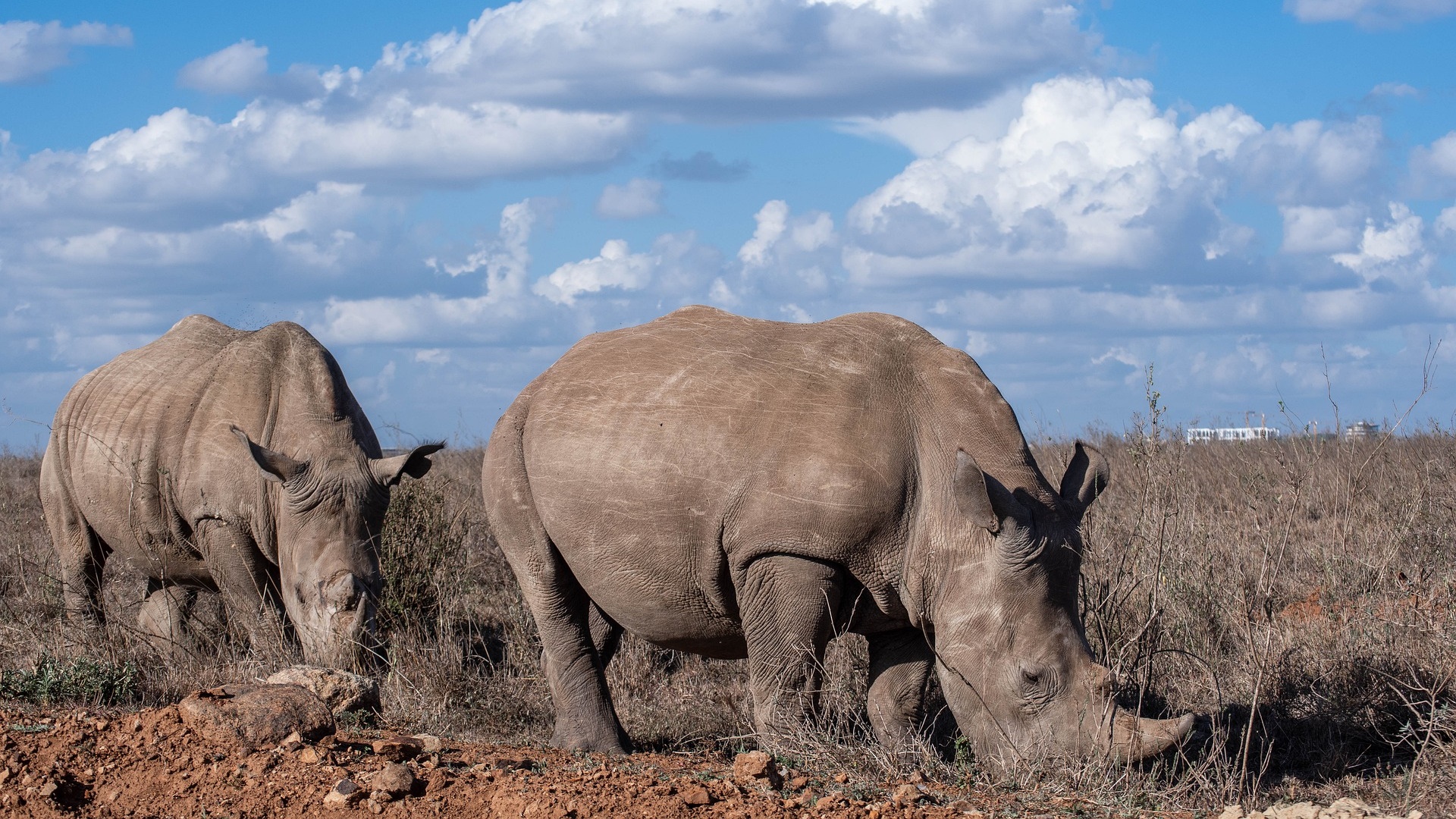- The Rhisotope Project hopes to deter poachers by placing a radioactive isotope into a Rhino’s horn.
- The isotope is said to have enough radioactivity to set off radiation detectors at ports of entry, but is low enough not to harm the animal.
- Should a radioactive horn make it through border controls, the level of radiation will only be harmful to a human if they consume an entire Rhino horn.
Despite Rhino horn being made of the same stuff your nails, hair and skin are made up of (keratin), Rhino horns are believed to have medicinal properties, despite there being no such evidence of this. The creature’s horns are also used as a display of wealth and as such, the animals are being hunted to extinction.
This hasn’t stopped the illicit trade of Rhino horn and that more often than not, leads to poachers killing the Rhino for its horn. Conservation efforts have tried to prevent the poaching of Rhinos for years and a project at the University of the Witwatersrand (Wits) has a novel approach to deterring poachers – making a Rhino’s horn trackable.
The Rhisotope Project (a portmanteau of Rhino and Isotope) uses nuclear technology in the form of small quantities of radioisotopes inserted into the horns of Rhinos. These isotopes are said to be small enough to be safe for the animal but radioactive enough to be detected by existing monitors at harbours, airports and border crossings.
“Every 20 hours in South Africa a rhino dies for its horn. These poached horns are then trafficked across the world and used for traditional medicines, or as status symbols. This has led to their horns currently being the most valuable false commodity in the black-market trade, with a higher value even than gold, platinum, diamonds and cocaine. Sadly, rhino horns play a large role in funding a wide variety of criminal activities globally,” says Professor James Larkin from the Wits Radiation and Health Physics Unit.
This week, Larkin and his team sedated some 20 Rhinos and drilled small holes into each horn. A “non-toxic” radioisotope was inserted into the horn after which the creatures were released into the care of a team which will monitor them 24-hours a day for the next six months.
“Each insertion was closely monitored by expert veterinarians and extreme care was taken to prevent any harm to the animals,” Larkin says. “Over months of research and testing we have also ensured that the inserted radioisotopes hold no health or any other risk for the animals or those who care for them.”
According to the Rhisotope website, the amount of radiation from the isotope is “only slightly higher than the upper end of what people are exposed to by background radiation that occurs from naturally radioactive elements in the Earth and from the cosmos”. The team adds that research on animals around nuclear disaster sites such as Chernobyl and Fukushima shows that the radiation shouldn’t have a negative impact on animals.
But what about people? While radioactive material should be picked up at ports of entry and exit, things slip through the cracks all the time. The amount of radiation would only be dangerous to a person if they consume an entire Rhino horn.
“The intention is not actually to harm the end user but to use their natural fear of radioactive materials to dissuade them from wishing to purchase or otherwise acquire radioactive horn. They might get sick if they consume enough of the horn,” says the team.
To that end, the Rhisotope Project will be conducting an educational drive in areas surrounding Rhino conservation efforts to inform residents that the animals have been treated. Signage will also be posted along perimeter fencing to alert would-be poachers that the Rhinos are radioactive.
The hope is that this will deter poachers and those looking to sell Rhino horn by making it undesirable.
“This is an example of how cross-disciplinary research and innovation makes a real difference. This novel approach pioneered by Prof Larkin and his colleagues has the potential to eradicate the threat of extinction our unique wild-life species , especially in South Africa and on the continent. This is one of many projects at Wits that demonstrates research with impact, and which helps to address some of the local and global challenges of the 21st Century,” says Professor Lynn Morris, deputy vice-chancellor of Research and Innovation at Wits.
If you want to find out more about the Rhisotope Project or make a donation, head to the official website here.
[Image – Jackson Mau from Pixabay]

